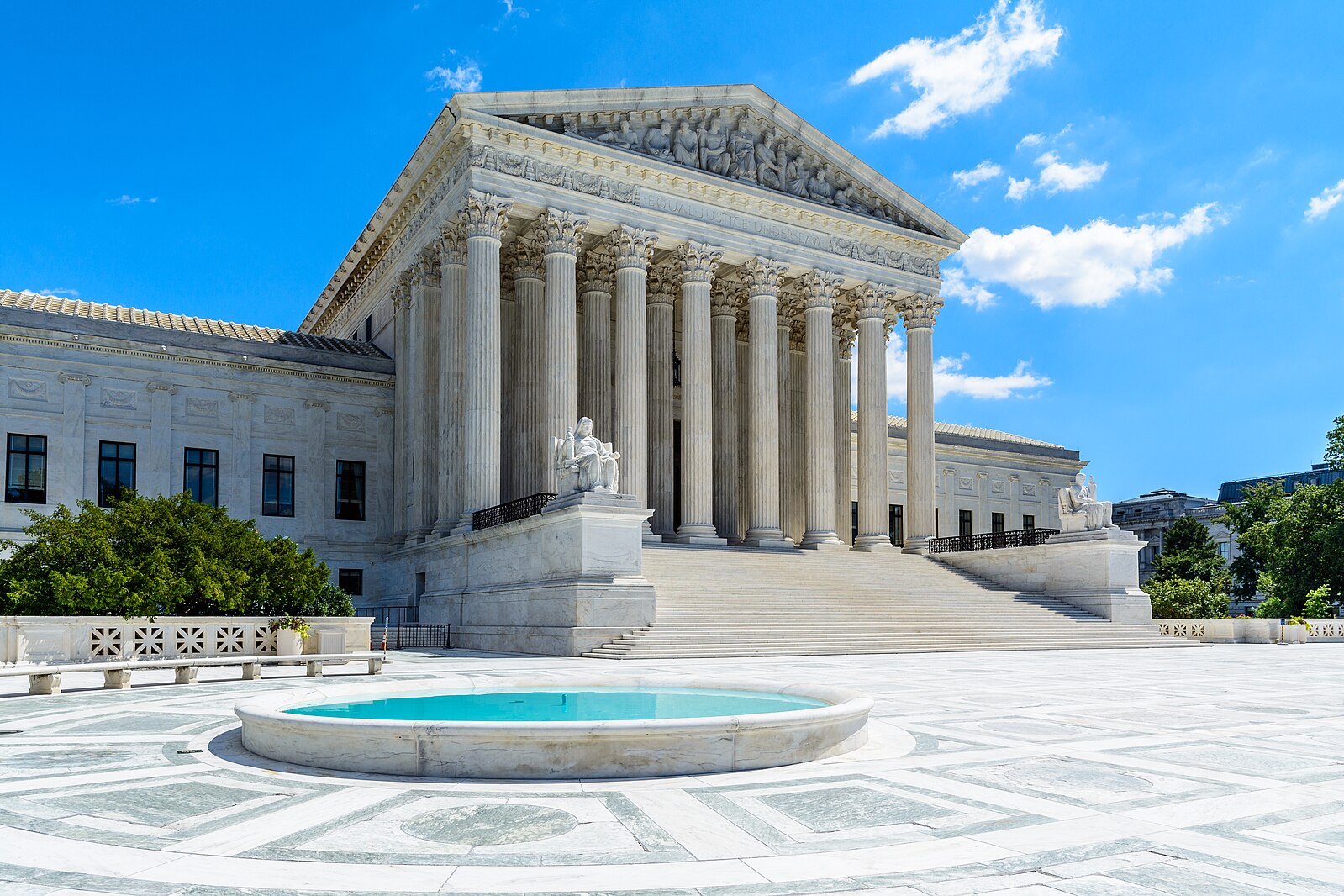The Power to Declare Trade War
On March 22, President Trump announced that his administration would impose draconian tariffs on a wide range of Chinese products, as well as restrictions on Chinese investments in the United States.
Published by The Lawfare Institute
in Cooperation With

On March 22, President Trump announced that his administration would impose draconian tariffs on a wide range of Chinese products, as well as restrictions on Chinese investments in the United States. Following on the administration’s imposition of tariffs on solar cells, washing machines, and steel and aluminum earlier this year, this new decision represents a significant escalation of the Trump administration’s trade war with China. Much of the discussion has been on the potential consequences for the American economy and the American consumers, accustomed to low-cost Chinese goods. Equally important is why the president can start a trade war without Congress playing any formal role. The answer, we argue in a forthcoming paper, is because free trade advocates designed the system that way.
Article I, Section 8 of the Constitution assigns Congress the power “To lay and collect Taxes, Duties, Imposts and Excises”—a power that includes the ability to set tariffs on imports—and “to regulate commerce with foreign nations.” The Framers understood that international trade policy is inextricably connected to domestic economic policy and the distribution of wealth within the country. They rooted these powers in Congress precisely because Congress is the branch most representative of the diverse interests in our large country. As James Madison asked in Federalist No. 53, “How can foreign trade be properly regulated by uniform laws without some acquaintance with the commerce, the ports, the usages, and the regulations of the different states?” Congress, not the president, can bring that local knowledge to bear on trade policy.
From the founding of the country through the 1930s, Congress took the exercise of its foreign commerce powers seriously and usually legislated tariff rates directly. But starting with the 1934 Reciprocal Trade Agreements Act, Congress delegated its powers to set tariff rates to the president wholesale. The hope was that the president would pursue a trade agenda in the interest of both the domestic economy and foreign policy. Domestically, the president—elected nationally and therefore in theory representing the national interest—could use his delegated authority to reduce tariffs beyond what a Congress beholden to local interests was willing to do, thereby increasing competition and giving American consumers access to cheaper goods. Internationally, the president could use trade agreements to rebuild after World War II, reward and punish foreign countries, and help win the Cold War.
But unlike other areas in which Congress has delegated policy making power to the president, the checks and balances that characterize the modern administrative state are either weak or completely absent when it comes to trade. When the EPA sets standards for clean air or the FDA for safe drugs, the agencies must publish their draft regulations, give the public an opportunity to comment on them, and respond to substantive concerns raised by those comments. By contrast, draft texts of trade agreements like the Trans-Pacific Partnership are classified for national security reasons and often kept secret even from congressional staffers. Once the agreement becomes public, Congress does not debate and approve the bill through the ordinary legislative process. Instead, pursuant to so-called “trade promotion authority,” which the administration has just requested be renewed until 2021, Congress gives the entire deal an expedited up-or-down vote without the possibility of amendment.
The situation is little better for administrative actions. As Chad Bown notes, the Trump administration’s investigation of steel and aluminum pursuant to Section 232 of the Trade Expansion Act of 1962, which authorizes the president to impose trade barriers in the name of national security, was so secretive that the public did not know which products the administration was investigating until after the administration released the results. According to news sources, President Trump summarily doubled the amount of the latest round of tariffs—to $60 billion from the original $30 billion recommended by his staff—the administration will impose on China pursuant to Section 301 of the Trade Act of 1974. That law allows the administration to impose tariffs on countries that the administration determines engage in unjustifiable, unreasonable or discriminatory trade practices “for such time as the Trade Representative deems appropriate.” Together with a range of other investigatory powers such as the “safeguards” investigations under Section 201 of the 1962 law that led to the solar and washing machine tariffs, this unfettered power to raise trade barriers in the name of national security confers on the president extraordinary discretion in how to wage trade wars and how long they will last.
Despite its relative insulation from public pressure, presidential trade policy had its desired effect for decades. Successive presidents used trade policy for geopolitical aims, while reducing barriers to trade through rounds of multilateral negotiations and free trade agreements such as the North American Free Trade Agreement.
But over the past thirty years, presidential trade policy has become unhinged from its original goals. Industry groups now dominate trade advisory committees; as a result, the executive branch is arguably more captured than Congress, where the sheer number of members representing diverse constituencies ensures a more balanced debate. Free trade advocates increasingly pushed for new trade agreements that benefitted narrow but politically influential industries, without adequately compensating the American workers who lost from increased competition from imports. Foreign policy and national security arguments are now often rhetorical justifications slapped onto trade policies simply to whip up support. These trends have led to the bipartisan backlash against trade that emerged in the last few years. So strong is the anti-trade tide that during the 2016 presidential race then-candidate Trump, Sen. Bernie Sanders and even former Secretary of State Hillary Clinton all declared their opposition to the proposed Trans-Pacific Partnership.
Congress’s fateful decision to abdicate its power has now come home to roost. Had Congress played a more meaningful role over the last few decades, trade liberalization would almost certainly have been less aggressive. But it also would have had more domestic political support. Having to assemble widespread coalitions in Congress ensures that the policies that Congress creates better represent all of the people of the United States, and are therefore more politically durable. And of course, Congress retains the ability to overturn presidential action on trade by statute. But Congress has shown little interest in doing so, and thus now has to accept the possibility of a trade war—one that they have indirectly authorized by granting so much power to the president.
From a constitutional point of view, trade wars are like shooting wars. Our Constitution gives Congress power over the initiation of both. But in the 20th century, a belief that the president is more capable and efficient in managing the nation’s foreign affairs—and more likely to reach particular policy outcomes, such as lower trade barriers—led Congress to cede ground to the president. The Framers of our Constitution, however, recognized that the structure of policy making should be designed to ensure a balance of interests through a democratic process, not to ensure the adoption of a particular policy. Having designed a legal system that provides no effective checks on presidential action, the proponents of trade liberalization are now learning that lesson the hard way.



.jpg?sfvrsn=407c2736_6)


